From the pages of Outdoor News...August 23 issue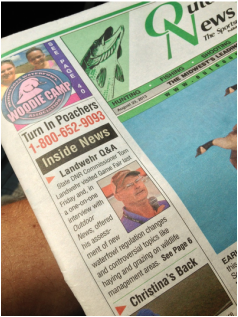 By Ron C. Hustvedt, Jr. For the second straight year, DNR Commissioner Tom Landwehr met with interested citizens at Game Fair in the seminar tent on Waterfowler Hill to discuss new waterfowl regulations and answer questions of audience members. Landwehr began with a synopsis of changes in the waterfowling regulations including the exapansion of open water hunting, the August goose season, the early date for duck opener and expanded possession limits. Questions from the audience covered a wide variety of issues and after the talk, Commissioner Landwehr spent some time with this Outdoor News writer answering several additional questions about waterfowl and conservation issues. Q: What’s your take on the possible impact on the state wood duck population as a result of this year’s early opener combined with expanded limits? A: The same question came up last year with the early season and the bag limit. I don’t think the possession limit is going to change anything. You know, most [waterfowlers] are hunting just a day or two days Biologists will tell you they’ve been monitoring populations forever and harvest forever and they have never seen any impact on our population as a result of the seasons. They are actually, as a result of the expansions we started last year, doing more leg banding of wood ducks. For instance, they were banding them in Lac qui Parle right now. We are trying to get better information over the next few years so that if there is any impact, we can find that out. Q: Is this largely for the purpose of getting more people involved in waterfowling? A: It’s some of that. Part of it is that is we raise a lot of blue-wing teal and wood ducks here, and if we open the Saturday closest to October 1st they are mostly gone. We’ve all seen this. You drive around at the end of September and you see all these ducks and get fired up. And then September 29 comes around, and a cold front comes through, and they all leave and hunters shoot them all in Iowa. We could put a lot more pressure on blue-wings, and probably wood duck too, without having a negative impact on the population. So, it was a way to take advantage of that segment of species. It was a way to lengthen the season into an easier time for people to get out. It just seemed like we have to be a little more hunter friendly with our regulations to make sure people keep participating. If they have a bad experience on the opener, which frankly, is what we were having for a number of years, they just stop hunting. Most people just hunt the opener or the first two weekends. The opener should be the best day of the year. We felt that, between the additional pressure the population could take, and being more friendly to people spending less time hunting, it made sense to do that. Q: With the population cycles, if we are in a low point, some of these regulations are not sustainable correct? A: It’s from a continental standpoint, not a state standpoint. When we have a dry period it doesn’t mean the ducks just disappear. They move into North Dakota, South Dakota or Canada. The federal framework is what we operate under and most states just take the federal government offers. They don’t tweak it like we do. Minnesota has a history of being very conservative. We always exercise more restrictions on ourselves. So if, say if the blue-wing or wood ducks showed a long-term decline, I would assume the federal government would put restrictions in that because it’s a continental change it won’t be just a state change. It’s really challenging from one year to the next looking at waterfowl population data in the state to make any hard and fast conclusions because it is so variable depending on the weather that year, the climate the amount of rain and just the timing. This year there was still snow on the ground. The birds might not be there and the year before we had 70 (degrees) in March. The population information is a good indicator to monitor, but it’s most valuable over a period of years. Not just from one year to the next. Q: Did you talk about being more conservative with the three-day possession limit or just take what the Federal government gave? A: There was certainly discussion. We have a waterfowl committee and they are the ones who talk about it and make a recommendation to me. I used to be a member of a flyway council technical committee so I’d go down to these meetings and sit for six days. You can’t believe how languished and debated those get over every single thing is, so you can bet they did that. The thing that always strikes me too, and it’s always a little bit of a puzzler, is that pheasant populations go up and down, so do grouse populations, and you have the same season structure year in and year out. I don’t know what it was 50 years ago that led us to believe that we have to chase duck populations. When they go up harvest goes up. Because the population is a function of weather, and we know it’s not really a function of seasons, as long as you have a reasonable season. Part of me wishes we could just [have a] five-bird bag limit and 60-day season, and keep it the same year after year. Anytime you change regulations you create confusion. Q: Do you see the day when we have essentially twice as many duck hunters as we do now? A: I think the highest number we had is 140,000, and it was for a very short period of time. Last year we had around 77,000. I doubt we’ll ever double that number. I’d be quite pleased if we can get to that 120,000 range. I think that, the resource that is out there in terms of habitat, hunting opportunity, and ducks—could certainly sustain 120,000 duck hunters. And I think there are people who say they don’t want any more duck hunters out, there’s already enough competition and that’s a legitimate perspective, but I think it’s important for the future of the sport that we have as many hunters out there as we can sustain. Q: Is there concern about the precedent for allowing cutting and grazing on Wildlife Management Areas that are supposed to be protected? A: I think what people have to remember is that cutting and grazing are not being done to help farmers. The primary purpose for cutting and grazing is that it helps the grass. So we happen to have acres that need management and we can burn them and we spray them but other than that we don’t have any tools unless we have grazing and haying—both of which can accomplish some of the same objectives as fire—getting rid of woody vegetation for example, but they can also be used all summer long. Fire can only be used by June 15 and then we are done. So a year like this, where we had three or four weeks of opportunity to burn, a lot of the places didn’t get done and you have to wait another year. These can grow into trees in a number of years and if you can’t get in there you lose the ability to manage it and it becomes more expensive to cut the trees and restore it. Grazing can be done all season long, and in addition, it removes wooden vegetation and also has the feature of hooves on the ground, which is a very natural thing on the prairie because the bison used to do that. It gives you the effect of controlling the vegetation and disturbing the ground, which is very good for prairies. So when we talk about opening land up to haying and grazing, it’s done first by what lands would benefit from that action and then lets make it available. Q: In a DNR wetland tracking report, it estimated that overall wetland areas increased by 2,000 acres but that was mostly ponds or wet areas that are farmed during dry periods. The actual amount of true wetlands is declining. How can that be reversed? A: We still have in Minnesota, two of the strongest wetland laws in the country. That’s the Wetland Conservation Act and the Protected Waters Inventory. We still have those two. The Wetland Conservation Act, passed in 1991, was intended to be the safety net that caught those wetlands that fell through all the other programs. So the Federal 404 program (Clean Water Act): if it didn’t prevent a wetland from being drained, the Wetland Conservation Act would. If the Swampbuster [Act] didn’t catch a wetland, for some reason or another, the Conservation Act would. So we still have the best regulatory framework in place. Now, there are still wetlands that are being drained, we know that. We restored 50,000 acres of wetland in the last decade. So we should have seen a bigger increase. It means we are losing wetlands elsewhere. The ones they farm in dry times that go wet again, those are totally legal. It’s when you ditch it or tile it or you do something like that and actually eliminate the wetland. In theory there shouldn’t be a lot of that going on and BWSR website they track the wetland losses based on permitted and unpermitted activities. I think when you put those numbers together they don’t always match up very closely, so I think that the suspicion is, and I suspect that it’s right, that there is some wetland drainage going on that’s not being caught by the Wetland Preservation Act. The federal government hasn’t really ever chosen to be aggressive in preventing wetland drainage. The one tool out there, Section 404, The Clean Water Act hits some challenges in the Supreme Court in the last decade, where isolated wetlands are not considered part of the United States. So their utility for wetlands protection has dropped off. I think we as a society have always been reluctant to get on private landowners for what they do on their land and in the last two decades what we’ve seen is an effort to incentivize them do the right thing rather than penalize them for doing the wrong thing. So I think, looking forward, we need to make sure that we continue to have good enforcement of the Wetland Conservation Act, but I think that incentives like wetland restorations like we are using right now are just going to have to ramp up. You can see a lot under CRP and this could be something that contributed to it.” A lot of wetlands were restored on CRP when it was put into place in 1985 and after. It’s legal to drain those wetlands, because they were only restored by the farmers with the acknowledgement that they could drain them later on. We have 1.3 million acres of CRP in this state, and I’m not sure how many acres are wetlands, but many acres that are, we could see a huge loss. We are seeing a grassland loss, we could see a wetland loss associated with that. So it goes back to the notion of prairie planting we have to be deliberate about putting wetlands and grasslands out there and we have to give them permanent protection, because this 10-years at a time stuff is for the birds. Or, actually, not for the birds. I'll let the video speak for itself, but this Minnesota boy had some big time Wisconsin fun on the state's largest body of water known as Lake Winnebago. I stayed in the Fond du Lac area and fished with Troy Peterson of Mr. Bluegill Guide Service and we had a blast. Watch for a walleye video from this day to come out in the upcoming weeks.
I had a blast fishing on Lake Superior with my wife's uncle Dave DeLisle and his brother Rich DeLisle (my father in-law). We caught some nice lake trout and I learned a new tactic using "Bobbing Sticks." It was a blast and I made a video about it in addition to writing about it in the June edition of Minnesota Sportsman magazine. Check them out here.
So it's not my nice Canon, but my 4S iPhone is churning out some nice pics. What is definitely helping are two apps. One is Lightbox which takes far superior first photos compared to the standard Apple app. The next is Snapspeed which allows me to feather the final product OR it lets me blow it out with colors or effects. So far those are the two most impressive apps I like and they go well together. How about you? Any recommendations? Try it and share what you shoot.
In the past months I think I've made a dozen videos for various purposes. Several were for school related events, classroom tools and education related presentations. Others were for WriteOutdoors.com related purposes. I made two videos for the DNR, two for a major fishing event, and three for Game Fair/Armstrong Ranch Kennels. I also shot this quick fishing report for Bryan "Beef" Sathre. See all my videos on the WriteOutdoors Channel at www.YouTube.com/WriteOutdoors WriteOutdoors.com the next generation spent time in the woods until sunset put an end to the hunt. He said he shot two including one that was a thirty-pointer. The other was a doe. Pretty proud Dad that's for sure!
This is the new webpage for WriteOutdoors.com and there is still much to be done to make this site fully functional. If you have any suggestions, requests, ideas, criticisms or advice please feel free to write and let me know. In the meantime, click around and check it out. Be sure to read my many blogs published online and visit my YouTube Channels: www.youtube.com/SalkMrH www.youtube.com/WriteOutdoors
|
visit my social media pages to see the latest & greatest adventuresFacebook
Ron Hustvedt @RonHustvedt @GameFairUSA @writeoutdoors @gamefairusa Ron HustvedtFind out the latest news and information on what Ron Hustvedt is up to and what projects WriteOutdoors is working on. Archives
August 2021
Categories
All
|
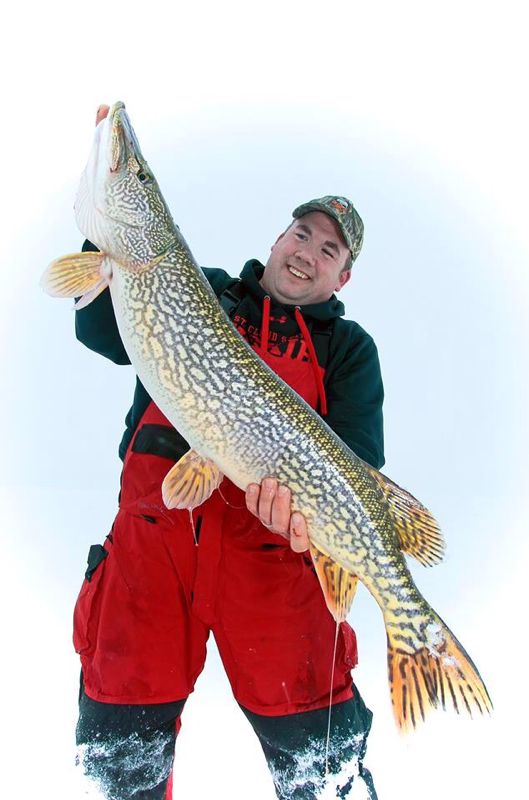


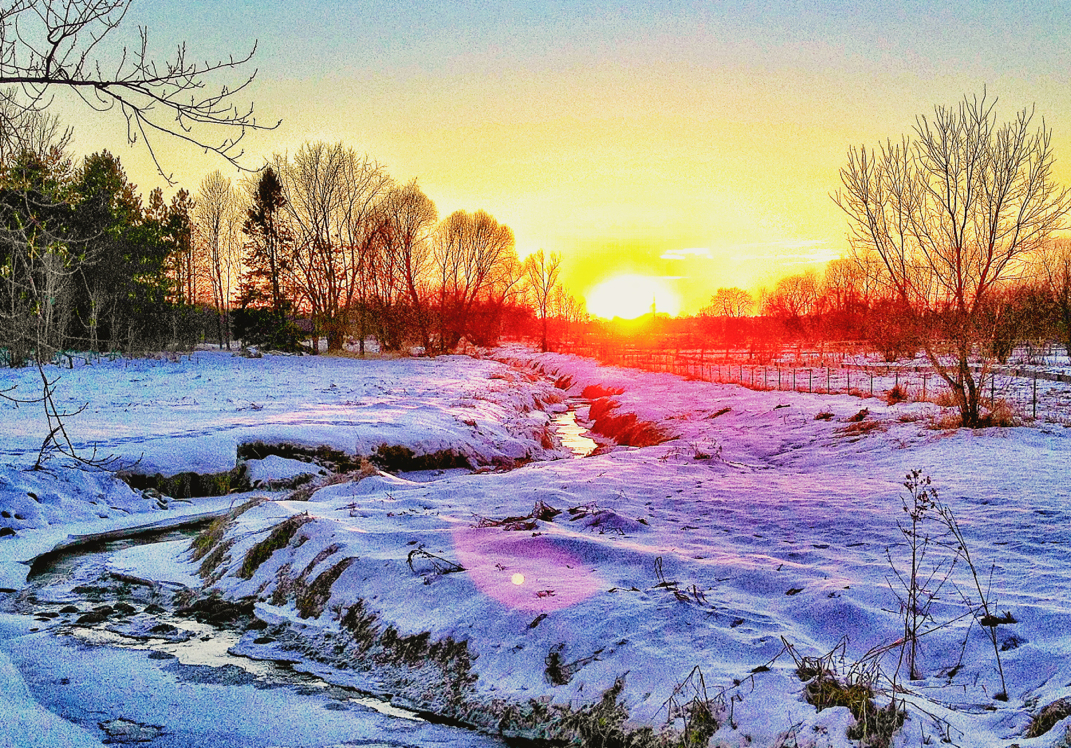
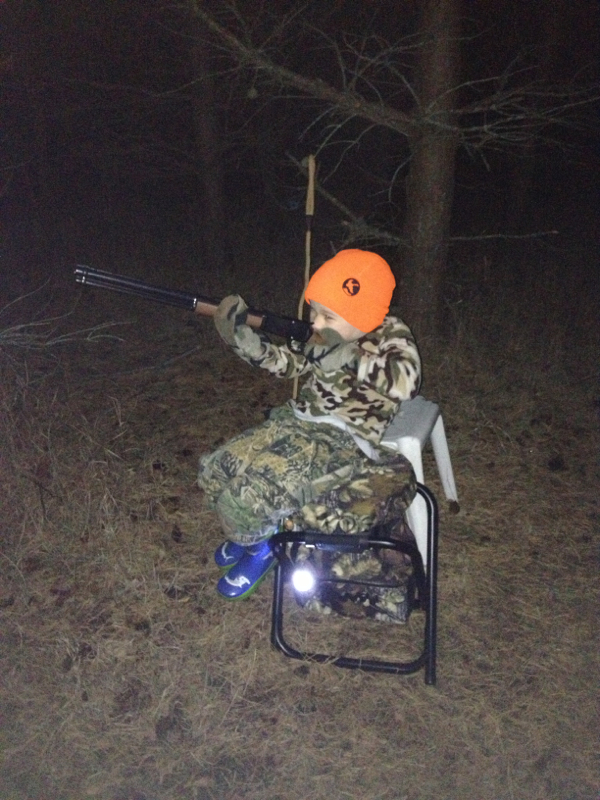
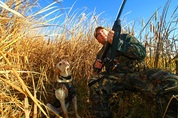
 RSS Feed
RSS Feed
